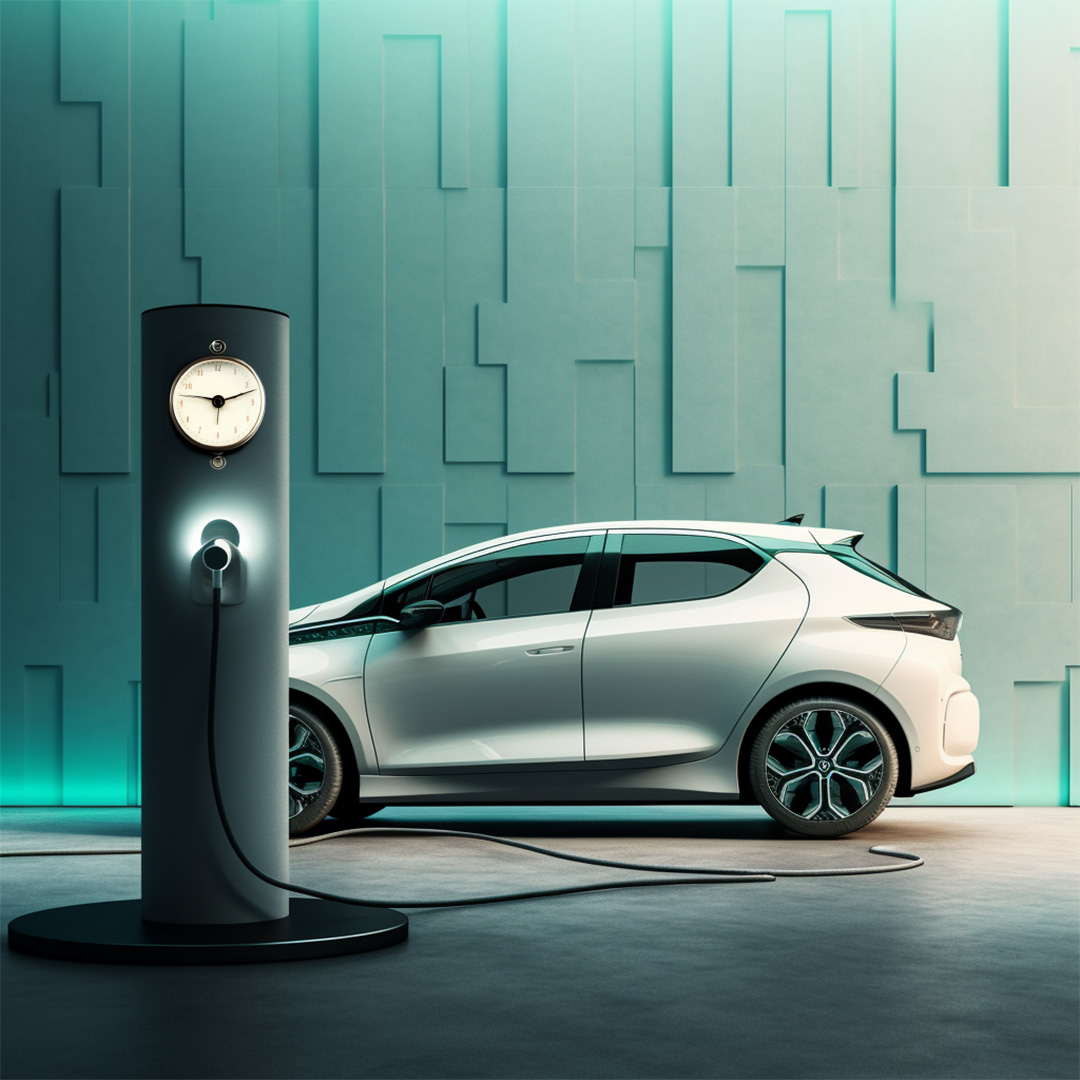Research by Adac, the German equivalent of ANWB, has revealed that there may be power loss when electric cars are charged (at home). Of course, in times of energy shortages and rising electricity prices, you want to keep this loss as low as possible!
Charging cars at home can be more economical
You can charge an electric or plug-in hybrid in various ways. This can be done, for example, via a charging cable, but also via a 'wallbox'. A wallbox is an accessible tool that allows you to charge an electric car via a contact on the wall. This not only allows you to charge your car much faster, it also prevents more power loss than the other charging options, according to Adac's research.
The study
Adac examined several electric cars for power consumption when recharging at the 220/230V socket and at a wallbox. The batteries of the electric cars were charged at 20% each time under the same conditions. The results are very clear in this: depending on how the charging is done - at home at the "normal" socket, at the wallbox with up to 11 kW or with halved power - the charging losses are very different.
When comparing the results, it is immediately noticeable that the efficiency of charging at the wallbox for all electric test vehicles is significantly better than at the wall socket.
The cause of power loss
According to Adac, there are several causes of power loss. First, current is lost through the wiring to the battery. With a standard charger, the power loss is around 4% due to cabling, where with the Wallbox it is only around 1%.
Also, there is always power loss through the on-board charger, regardless of the method. Further relevant losses occur in the 12-volt on-board grid. The reason: during charging, a number of control units are active. It takes 100 to 300 watts alone to operate the components controlling the charging process.
Charge with the highest possible power
When charging with alternating current, the rule of thumb applies: The higher the charging power, the shorter the charging process and the lower the charging losses. For cost reasons, it is therefore advisable to always charge at the wallbox with maximum charging power.
For good charging efficiency, the battery should be full as soon as possible to avoid as much power loss as possible.
More efficient and faster charging with GRID
Discover the benefits of more efficient and faster charging now! Check out the charging stations in your area and find the perfect charging point for your electric car. Charge with maximum power and minimize power loss. Together we make sustainable driving possible in Europe!





